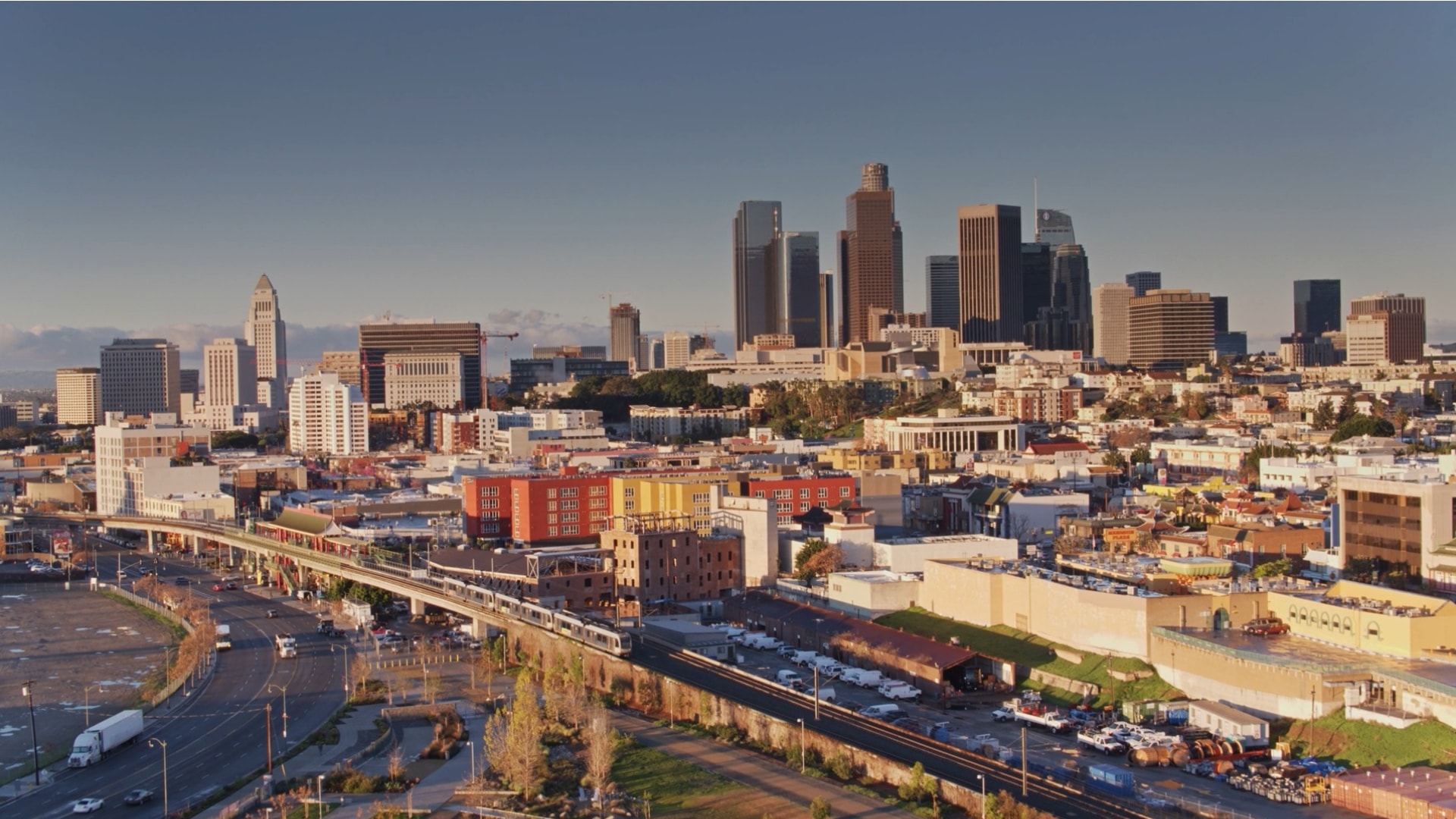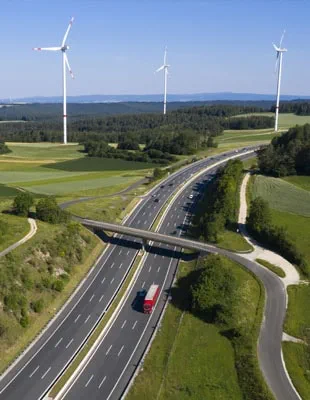The challenge
LA Metro wanted to reduce the impacts of heavy vehicle traffic. But dated rail infrastructure meant unreliable rides, long wait times and rush hour delays were keeping people away from transit.
The solution
LA County is revamping transit to draw riders away from the road. The LA Metro Regional Connector will be the crown jewel, providing a convenient one-seat ride across the county.
The impact
Minimizing transfers and cutting 20 minutes of cross-county trips will add an estimated 17,000 trips a day. Residents will enjoy more equitable access to jobs, homes and LA’s rich cultural landscape.
20-30
17,000
11
Los Angeles’ single-passenger vehicle habit
In Los Angeles, people historically avoid transit because of unreliable rides, long wait times and multiple transfers. Many citizens opt for single-passenger vehicle trips over transit, and the downtown traffic creates congestion and environmental impacts that threaten long-term sustainability.
LA Metro believes more efficient, equitable mass transit could revamp how citizens navigate LA’s sprawling landscape. By adding 1.9 miles of additional track to its underground subway, the Regional Connector is designed to shave 20-30 minutes off cross-county trips and minimize transfers that irritate passengers.
When the Regional Connector transit project is complete, it will provide more Angelinos with access to the business, education and entertainment hubs that help LA thrive. But to make that happen, LA Metro first had to tunnel the light-rail’s new home beneath the Los Angeles downtown area.
Tunneling toward more convenient, equitable mobility
Providing a one-seat ride across LA that expands access for residents would require multiple underground construction elements to add additional rail and three stations: Little Tokyo/Arts District, Historic Broadway, and Grand Av Arts/Bunker Hill.
To construct a cavern and stations without disturbing existing building foundations and utilities, LA Metro turned to our experts to act as engineering construction managers. The team performed various underground construction projects depending on the local conditions.
Tunneling was done to connect new and existing stations. At Little Tokyo/Arts District, a cut and cover approach built a bridge to protect utilities and allow the team to dig space for the new station beneath them. One of the more complex challenges was near the Historic Broadway station, where sequential excavation method mining (SEM) was used to complete a mined crossover tunnel in 2019. Our engineers chose SEM because it allows for use of conventional equipment and materials without causing surface settlement issues, and it is well-suited for tunneling in areas prone to earthquakes.
The innovative use of space and resources was crucial, as was teamwork. “The complexity of using a mining application such as SEM demonstrates how collaboration between the designer, contractor, construction manager and infrastructure owner is crucial to maintaining safety and construction performance,” said Dominic Cerulli, Arcadis senior project manager and SEM cavern resident engineer on the project.
Our specialists will continue to lead construction management support services, guiding the construction of the new light stations and connections to the existing Gold Line. The completed connector will be a marquee piece of Los Angeles’ “Twenty-eight by ’28,” a 28-project mobility initiative for potential completion by the 2028 Summer Olympic and Paralympic Games.
“We are honored to continue our work with L.A. Metro to prepare the city not only for the influx of visitors during the 2028 Games, but to improve transit connectivity and mobility for all Los Angeles residents,” said Macaria Flores, Arcadis City Executive in Los Angeles.

Helping citizens access everything LA has to offer
With more access to LA’s rich cultural landscape, citizens will enjoy new work, education and entertainment opportunities. LA Metro expects the updated system to bring in up to 17,000 additional trips a day. Taking cars off the road will improve congestion and reduce emissions outputs, combatting the worst aspects of LA’s single-passenger vehicle habit.







